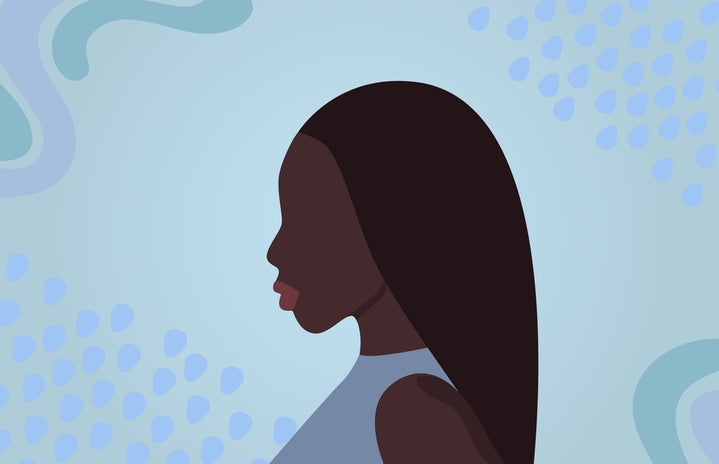It’s hard to rely on the fact every person has an inner-child. This can be a direct portrayal of yourself when you were younger, or closer to a system of developmental stages accomplished in time.
Self-reflection of your inner-child can help “lighten” your present experience but sometimes not everyone can connect to their childhood as a positive experience. If you have experienced emotional pain by neglect without a proper chance to process those emotions, it creates into trauma. Then, your inner-child might feel cramped, weak, and in need of protection and validation. Hiding the pain can temporarily protect your present self and the child you once were, but it doesn’t heal overall. It may often resurface in your adult life as difficulty keeping or maintaining personal relationships or having your needs dismissed.
Here are 5 ways to healing your inner-child, from my experience.
Agree That Your Inner-Child Exists
To begin healing, you need to acknowledge your inner-child’s presence. It is possible to be in touch with your inner-child if you’re willing to be open to this relationship. You may encounter feeling doubtful or resistant to exploring the past, but this will make it harder to the healing process. Think of it like an act of self-discovery, working with your child self.
The process of accepting your inner-child mostly means recognizing and accepting the things that caused you pain happened and bringing light can you begin to process their impact.
Listen Inwardly
After walking through the open door, it’s important to listen and analyze what feelings enter your mind and heart. Most times, these feelings come up when certain situations that trigger strong distressed emotions, for example: anxiety, guilt or shame, insecurity, and/or abandonment and rejection.
If you connect these feelings back to certain childhood events, then you will realize similar situations in your present life trigger similar responses.
Journal Through The Eyes As Your Inner-Child
Journaling can help recognize patterns in your current stage you wish to change, and journaling from your inner-child perspective can most likely help you analyze patterns that began in childhood.
Journal prompts are best found on Pintrest, YouTube, and TikTok.
Carry A Photo Of Yourself As A Child
In healing your inner-child, it’s important to always remember who you’re doing this for; for your adult and child self. Depending what stage did the trauma occurred, you can choose a picture of that stage to continue progressing your healing.
Talk To A Licensed Therapist
Therapists can create a safe space for you to begin navigating your past trauma and give helpful strategies for deep inner-child healing. Most therapists typically recognize how childhood traumas can affect your adult life, relationships, and most importantly, yourself. It can be a long journey that once you begin, most likely you cannot stop until you see fruitful changes.
The Nitty Gritty
When a child is neglected from genuine love, acknowledgement, praise, and other emotional support during their childhood, it creates trauma that can last into your adult life. By broadening to nurture and validate your inner-child needs, you can express in a healthy way of your emotions, increase self-love, and increase self-compassion.


